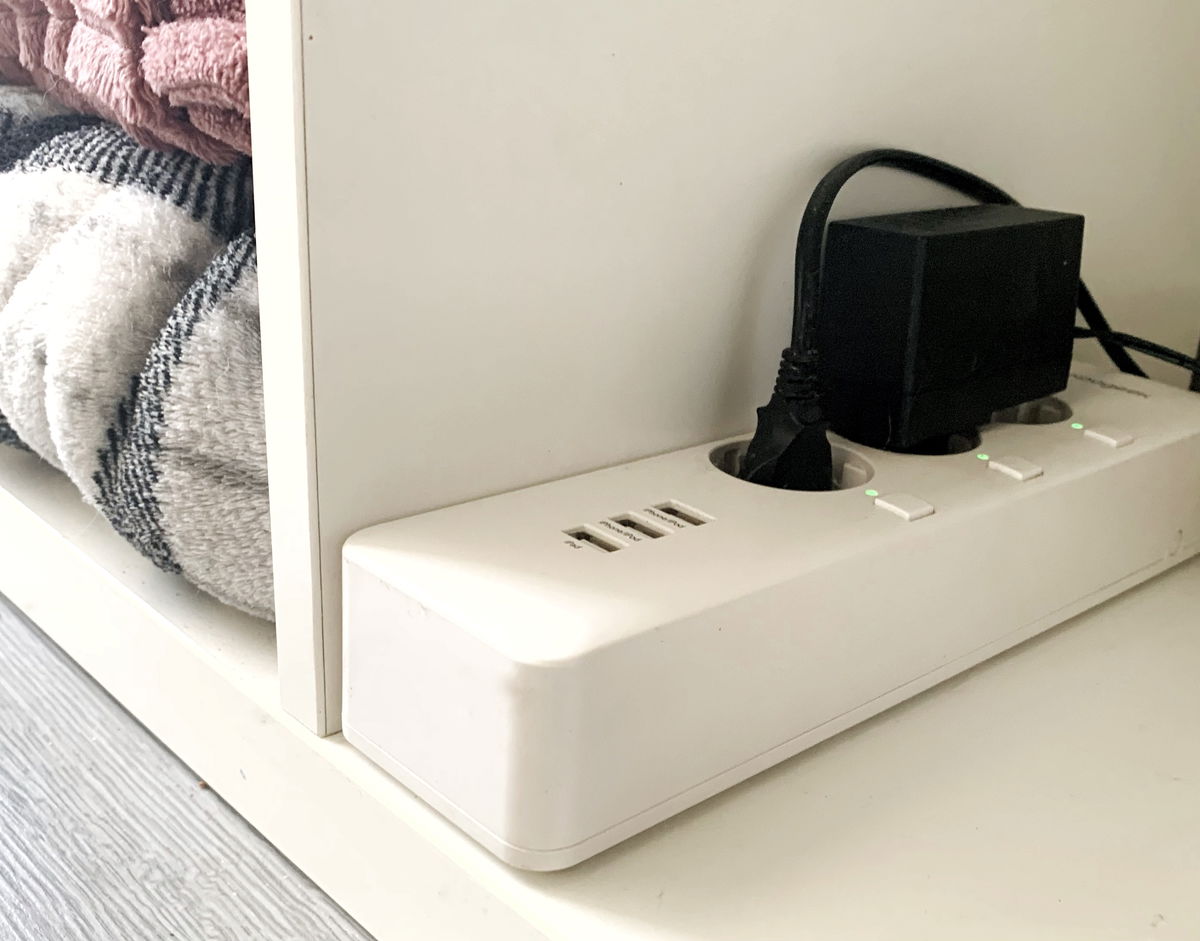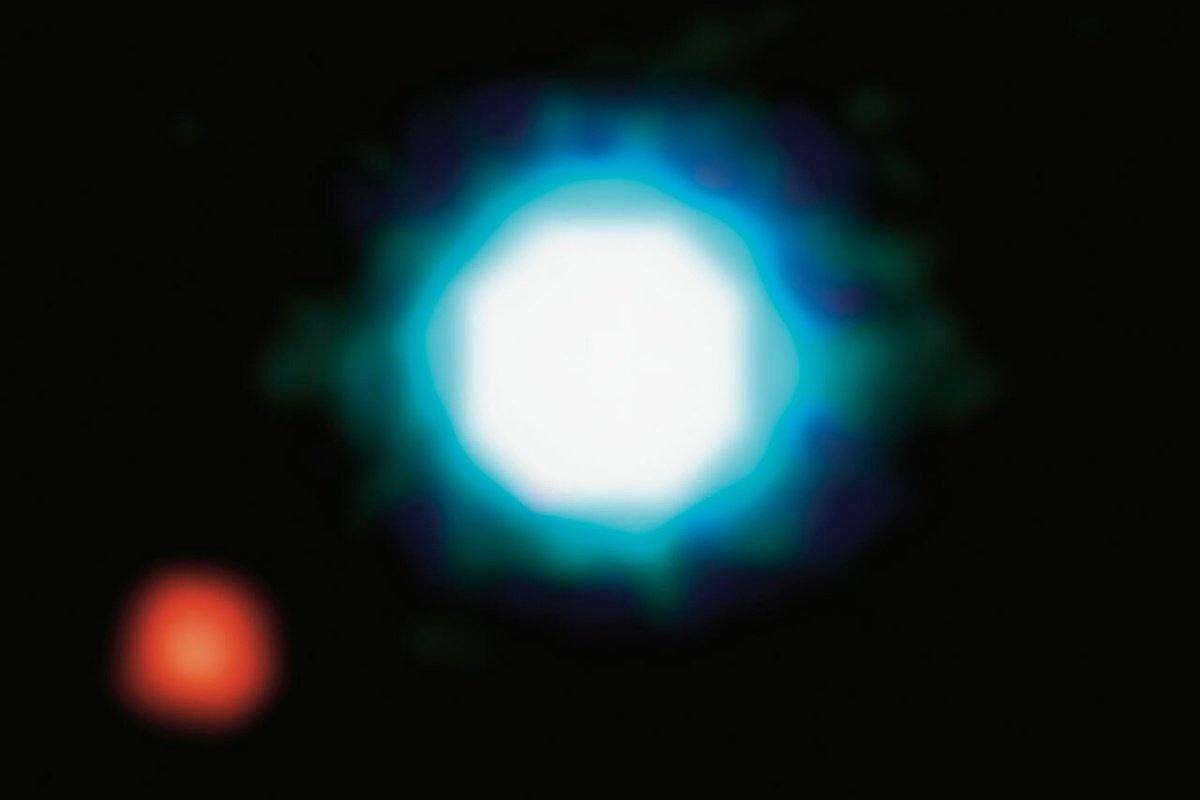every week, Technology World This #AstroMiniBR Bring together five relevant and fun astronomical facts produced by Twitter profile contributors to spread the knowledge of this oldest science!
#1: Satellites of our galaxy
Our galaxy is surrounded by dozens of satellite dwarf galaxies.
Gradually, these galaxies are added to the Milky Way disk. During this process, long tails of gas and stars are formed by the tidal force of gravitational interaction. #AstroMiniBR pic.twitter.com/Jng0eiU4Q7
– Ana Carolina Owner (@astroposses) 26 December 2022
A common behavior in the universe is orbital dynamics between two large bodies. Newton’s law of gravity and Kepler’s laws of planetary motion state that if an object is close enough to another object of greater mass, it can rotate around it and become a satellite.
In the case of large systems such as galaxies, a satellite galaxy is precisely a star system orbiting another large galaxy due to gravitational interaction.
Our galaxy, the Milky Way, has several satellite galaxies that are part of the local subgroup. So far, there are 59 confirmed small galaxies 1.4 million light-years from the Milky Way, but not all of them need to be in orbit, as some are orbiting other satellite galaxies. Visible to the naked eye are the Large and Small Magellanic Clouds and have been observed by humanity since prehistoric times.
#2: Astronomy and “fake” colors
?? In general, many color astronomical images that we see are not directly observed in this way.
The object is observed several times in different filters, and then we associate each with a color: the final result is the color composite image.
???=??+??+??#AstroMiniBR pic.twitter.com/S1f75yaAZS
— Thiago Flaulhabe (@TFlaulhabe) January 6, 2023
You know that stunning photo of nebulae or galaxy you often see on the internet? It is very likely that you are looking at a digitally processed image with false colors.
Generally, images from astronomical observations, such as those from the Hubble Space Telescope, are black and white, or have a specific hue, such as those from James Webb, that they are reddish. This is because the sensors in this telescope are not the same as the commercial camera sensors we are used to.
Commercial camera detectors usually have 3 subpixels per pixel: each for capturing images in separate red, green and blue color channels. The result we see at the end of this collection is a colorful image. Scientific detectors do not have the same system. Instead, they have a single large pixel instead of three. Commercial sensors try to collect as much colored light as possible, but for scientific purposes this is almost never necessary.
#3: Two perspectives of the same celestial body
these two images are of the same object, nebula sh2-54 ??
image???: a complex system of gas and dust surrounding the central region captures the visible light of the object we see
image ??: Taken in infrared and showing stars in the region ?#AstroMiniBR
{c} ESO/VVVX pic.twitter.com/3ZMfIKtJLZ— yanna martins franco (@martins_yanna) January 4, 2023
You are looking at two images of the magnificent Sh2-54, a large and bright nebula in the constellation Serpent! Shown above at two different wavelengths, optical and infrared, one of the most notable aspects of this nebula is its core, which contains numerous protostars and several other very young and massive stars.
Astronomers estimate the average age of the oldest stellar population in this region is between 4 and 5 million years, and its components are mostly concentrated in the open cluster known as NGC 6604. famous Eagle Nebula and Omega Nebula.
#4: A light show in the sky
?? AURORAS BOREAIS AND THE SOUTH
Aurorae are events that occur due to the interaction between the solar wind (particles ejected from the Sun) and the Earth’s magnetic field in the upper atmosphere.
They can be seen in areas near the North Pole and South Pole of the planet.#AstroMiniBR pic.twitter.com/fo6N466OMI
— Thiago Flaulhabe (@TFlaulhabe) 28 December 2022
Did you know that aurora is also an astronomical phenomenon? Although best described as an atmospheric phenomenon, auroras, both north and south, are a visible manifestation of complex interactions between the Earth and the Sun.
An aurora is a sporadic, often faintly glowing phenomenon that can often be seen in the night sky from high latitude locations. Commonly known as the “northern lights” by those living on that side of the planet, auroras often appear as a pale, milky-looking glow that is too faint for the human eye to detect any color but bright enough to show a silhouette. clouds. near the horizon.
It may develop in steady greenish arcs or form shimmering, swirling curtains of greenish-yellow light. During the most intense images, auroras are visible from mid-latitude regions such as central Europe and northern latitudes of the United States.
#5: First image of an exoplanet!
This was the first image made of an extrasolar planet and its star.
2M1207b orbits a brown dwarf and is 230 light-years away. It looks like Jupiter, its mass is 5 times greater than our gas giant, and it is ~55 times the Earth-Sun distance from its star.#AstroMiniBR
{c} VLT/ESO pic.twitter.com/L2y885o4oy— yanna martins franco (@martins_yanna) January 4, 2023
This image, which appears to be a featureless blur, actually represents a great achievement for astronomy: the first image in history of an exoplanet (red dot on the left) and its host star! The exoplanet, designated 2M1207b, orbits a brown dwarf star called 2M1207 (in the center of the image).
This recording was from 2004 by the Very Large Telescope in Chile, bringing confirmation that 2M1207b is a Jupiter-like planet with five times the mass of our gas giant. Its distance to the brown dwarf is about 55 times the distance between the Earth and the Sun and is located 230 light-years from Earth in the constellation Hydra.
Source: Tec Mundo
I am Bret Jackson, a professional journalist and author for Gadget Onus, where I specialize in writing about the gaming industry. With over 6 years of experience in my field, I have built up an extensive portfolio that ranges from reviews to interviews with top figures within the industry. My work has been featured on various news sites, providing readers with insightful analysis regarding the current state of gaming culture.













